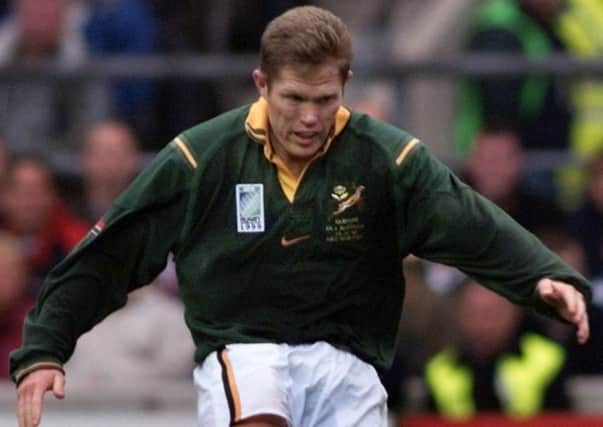Comment: Why rugby teams need to kick their bad habits


One English fan obligingly posted a XV, from full-back to No 8, of currently injured internationalists on the BBC website. Only three or four of them would, however, be likely to be in Jones’s first-choice team. It didn’t take me five minutes to come up with an almost complete XV of players now unavailable to Gregor Townsend. The truth is that England are always better equipped to cope with a long injury list than Scotland, Wales or Ireland. So no more moaning at the Twickenham bar, please.
Watching last weekend’s rugby provoked a number of thoughts. The legislators’ decree that hookers should be required to strike is evidently being mostly ignored. Strikes against the head? Come off it. One can’t blame hookers for not striking when scrum-halves almost never put the ball into the tunnel, and certainly not into the middle of it. Referees – understandably, if reprehensibly – continue to ignore squint feeds, presumably because they are only anxious to get the scrum over before both front rows are face-down on the ground.
Advertisement
Hide AdAdvertisement
Hide AdTwo things about the set-scrum puzzle many. When is a wheel legal and when isn’t it? Many of us are old enough to remember when deliberately wheeling the scrum when your hooker had won the ball was a regular attacking ploy; “wheel and take”, an old Scottish instruction, and not only in the distant days of the foot-rush.
Second, I am amazed to see a team opt to scrum again after being awarded a free-kick for a scrum offence. This is surely a gamble, and a rash one, given that the scrum is by way of being a lottery. You look very foolish if you ask for another scrum and are then penalised, as happens quite often.
One reason for this may be that teams rarely appear to have any idea of what best to do when awarded a free-kick, except when an alert scrum-half spots space and takes a quick tap. One very seldom sees a pre-arranged move developed on the practice-ground. Why not? Scotland’s first try against Wales at Cardiff in 1984 came from just such a move, performed with beautiful precision. Yes, I know it was a long time ago and much has changed since then, but if Colin Deans & Co could bring it off successfully, why shouldn’t today’s full-time professionals be able to do something similar?
Again, I don’t understand the reluctance to kick for touch when you win a free-kick. Yes, of course, the opposition will have the throw at the line-out and will probably secure possession. But they may not, and, even if they do, it will be possession some 40 yards downfield from where the free-kick was taken. There are times in any match when territory is more important than possession.
There is, I’m glad to see, more intelligent kicking in attack than there was a few years ago. The diagonal, sometimes now called the “kick pass” to the open-side wing, the chip and the grubber, are all used as a way of outwitting the blanket defence, especially, but not only, in the opposition 22. But one doesn’t often see the Garryowen under the posts. Of course you may lose possession, but that’s a risk however you attack; handling moves may break down or result in the concession of a penalty for holding on. I’ve forgotten which Irish fly-half used to say “anything can happen with a good Garryowen”, but it remains as true today as it always was.
There’s another attacking kick one rarely sees now, one that John Rutherford was a master of. He would take the ball going right from a scrum or ruck, and then kick back high and deep to the left against the flow of play. I recall him teasing and bewildering that fine English full-back Dusty Hare with this kick. It may be more difficult to employ this kick effectively now, because the open-side wing will usually be lying deeper than was customary in John’s day, and so the full-back is less isolated, but as a surprise move with your own outside centre and wing chasing hard it might still work very well. In any case, there is usually something to be said for changing the angle of attack. Defence becomes easier when you know where the attack is heading.
Finally, how many drop-goals have you see this season? Very few? Why? I don’t understand why. England were knocked out of the 1999 World Cup because the South African fly-half, Jannie de Beer, dropped five – yes, five – goals. I would have Finn Russell practising drop-goals from all angles for half-an-hour a day; Ali Price and Henry Pyrgos too, if it comes to that.